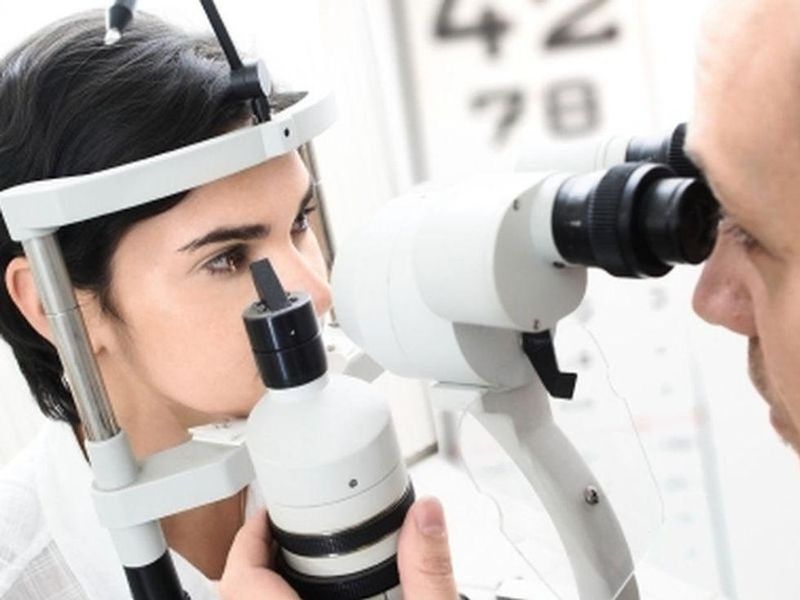Polygenic variants tied to similar risk for developing glaucoma as some monogenic variants and are more prevalent in the general population
FRIDAY, July 23, 2021 (HealthDay News) — Polygenic variants are associated with comparable risk for developing open-angle glaucoma as that associated with the most common single-gene pathogenic variant, according to a study published online July 15 in JAMA Ophthalmology.
Owen M. Siggs, M.D., D.Phil., from Flinders University in Bedford Park, Australia, and colleagues used data from 2,507 individuals from the Australian and New Zealand Registry of Advanced Glaucoma (ANZRAG) and 411,337 individuals in the U.K. Biobank to evaluate the association of polygenic and monogenic variants with the risk for glaucoma.
The researchers found that individuals at high polygenic risk (the top 5 percent of an unselected population) had a glaucoma risk (odds ratio, 2.77) similar to the risk among individuals heterozygous for the MYOC p.Gln368Ter variant, which is the most common single-gene variant known to cause primary open-angle glaucoma (odds ratio, 4.19). High polygenic risk was much more common than MYOC p.Gln368Ter heterozygosity in both data sets (ANZRAG: 15.7 versus 2.6 percent; general population: 5.0 versus 0.32 percent). For individuals within ANZRAG, the mean age at glaucoma diagnosis did not differ for those with high polygenic risk compared with those heterozygous for MYOC p.Gln368Ter (57.2 versus 54.8 years, respectively).
“Monogenic and high polygenic risk were each associated with a more than 2.5-fold increased odds of developing glaucoma and an equivalent mean age at glaucoma diagnosis, with high polygenic risk more than 15 times more common in the general population,” the authors write.
Several authors reported holding equity in StratifEYE Pty Ltd., and several reported being coinventors on a patent application for the use of genetic risk scores in predicting glaucoma risk.
Copyright © 2021 HealthDay. All rights reserved.








